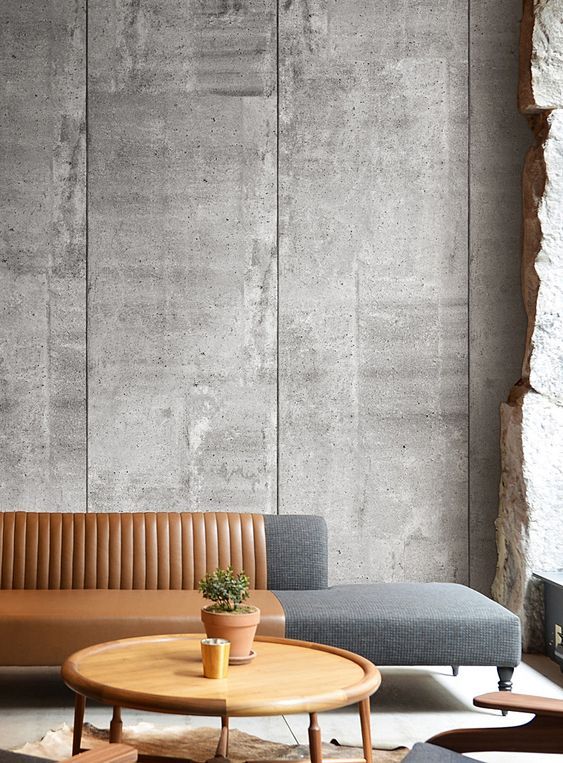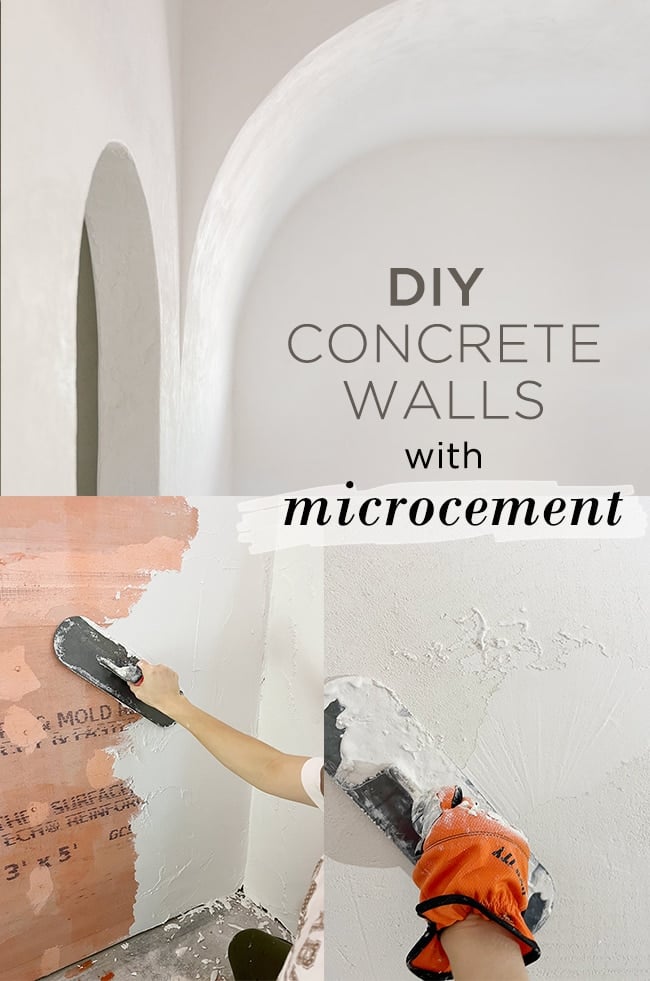The Durability and Elegance of Concrete Sidewalks
Concrete sidewalks have actually long been a staple in city and country landscapes due to their remarkable mix of stamina and aesthetic appeal. The durability of concrete as a paving product is widely known, with its ability to withstand hefty foot web traffic, harsh weather, and the examination of time. Past their resilience, concrete pathways use a canvas for innovative design and customization, boosting the general look of a neighborhood or business area. As we discover the complex details of concrete pathways, it becomes obvious that their beauty goes beyond simple functionality, making them a remarkable subject of factor to consider for both experts in the sector and lovers alike.

Benefits of Concrete Sidewalks
Enhancing pedestrian safety and security and aesthetic appeals, concrete pathways provide a visually attractive and sturdy solution for suburban and metropolitan landscapes. Among the primary benefits of concrete walkways is their long life. Unlike some alternative materials that may break down with time, concrete sidewalks have a long life expectancy, calling for minimal maintenance. This toughness makes them a cost-effective choice in the future, as they can hold up against hefty foot traffic and different climate condition without deteriorating swiftly.
In addition, concrete pathways are extremely flexible in terms of layout. They can be tailored to match the surrounding atmosphere, whether it be with different shades, appearances, or patterns. This versatility enables creative liberty in city planning and landscaping tasks, improving the overall visual allure of the area.
Additionally, concrete pathways are recognized for their low environmental impact. Concrete is a lasting material that can be reused, lowering waste and contributing to environmentally friendly construction techniques. By selecting concrete sidewalks, neighborhoods can prioritize both visual charm and environmental duty in their facilities tasks.
Style Options for Sidewalks
When considering layout options for pathways, it is vital to prioritize both capability and aesthetic charm in urban preparation and landscape design jobs. Concrete Contractor. There are numerous design choices available to improve the aesthetic appeal and capability of sidewalks

An additional option is subjected accumulated concrete, where the leading layer is removed to reveal the aggregate underneath, creating a aesthetically interesting and textured surface that likewise uses superb slip resistance. - Concrete Contractor
Colored concrete is a flexible option that can be tailored to enhance the surrounding setting or create visual interest. Integrating ornamental aspects like borders, scoring, or discoloration can better boost the total layout of the pathway.
Upkeep Tips for Long Life
To make sure the resilience and style of concrete sidewalks over time, correct maintenance is necessary in preserving their aesthetic allure and structural stability. Tiny cracks can be filled up with concrete caulk, while bigger damages might call for professional repair service to ensure the structural security of the sidewalk. By following these upkeep pointers vigilantly, concrete walkways can preserve their charm and performance for years to come.
Ecological Impact of Concrete
Concrete, a commonly made use of building and construction material, has considerable ecological effects that warrant careful consideration in contemporary framework projects. The production of concrete includes the removal of resources such as sedimentary rock and sand, contributing to look at here habitat damage and environment disturbance. In addition, the production procedure launches a substantial amount of carbon dioxide, a greenhouse gas that adds to environment modification. Concrete's toughness and durability can counter some of these ecological influences. When properly preserved, concrete frameworks can have a life expectancy of a number of decades, minimizing the requirement for constant repair and the connected resource usage.
To reduce the environmental influence of concrete, lasting methods such as utilizing alternate cementitious materials, incorporating recycled accumulations, and enhancing mix designs are being increasingly taken on. These techniques can aid lower carbon discharges, decrease energy consumption, and lessen waste generation during building. Ingenious innovations like carbon capture and utilization are being checked out to make concrete manufacturing extra ecologically friendly. By implementing these methods, the construction market can remain to profit from the durability of concrete while reducing its general environmental impact.
Future Trends in Walkway Building And Construction
Thinking about the progressing landscape of lasting building methods, the future patterns in walkway building are poised to reinvent the method concrete structures affect the environment. One of the key trends in sidewalk building and construction is the enhanced use of recycled products. By including products such as recycled accumulations and extra cementitious products like fly ash or slag, walkways can be constructed with a lower carbon impact. In addition, the advancement of permeable concrete is acquiring traction in pathway building and construction. Absorptive concrete permits water to go through, decreasing runoff and minimizing the pressure on stormwater administration systems.
An additional pattern coming up is the combination of smart modern technologies into pathways. These innovations can consist of embedded sensing units for checking structural health, pedestrian web traffic flow, or also generating electrical energy through kinetic power. Furthermore, the fostering of premade concrete walkway areas can Full Article improve building and construction processes, minimizing waste and building time. As sustainability ends up being an increasingly vital facet of construction, these fads in sidewalk building are most likely to shape the future of urban facilities development.

Final Thought
Finally, concrete pathways offer various benefits such as longevity and style. With different layout alternatives readily available, correct upkeep is crucial for long life. Regardless of problems concerning its ecological effect, concrete stays a prominent choice for sidewalks. Future trends in pathway construction might concentrate on integrating much more sustainable materials and modern technologies to lower ecological damage. In general, concrete sidewalks proceed to be a trusted and fashionable option for pedestrian pathways.
Unlike some different products that may degrade over time, concrete pathways have a long life-span, calling for very little maintenance.To make certain visit this web-site the sturdiness and elegance of concrete pathways over time, appropriate upkeep is vital in preserving their visual appeal and architectural integrity.Taking into consideration the developing landscape of lasting construction techniques, the future trends in pathway construction are positioned to transform the means concrete structures affect the environment. Furthermore, the development of absorptive concrete is gaining traction in pathway construction. The fostering of prefabricated concrete pathway sections can improve building and construction processes, minimizing waste and building and construction time.